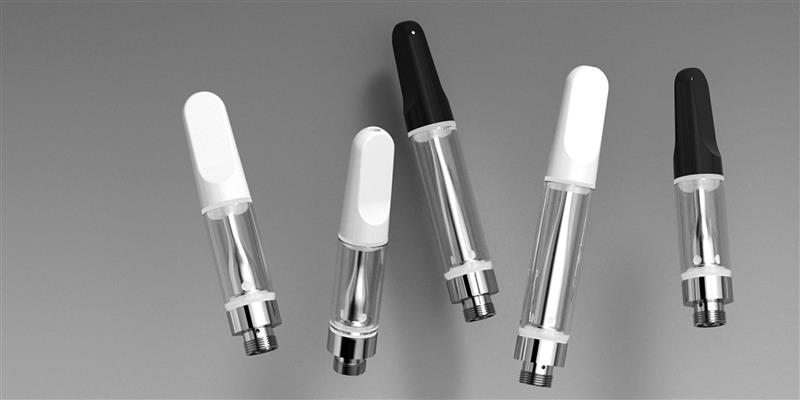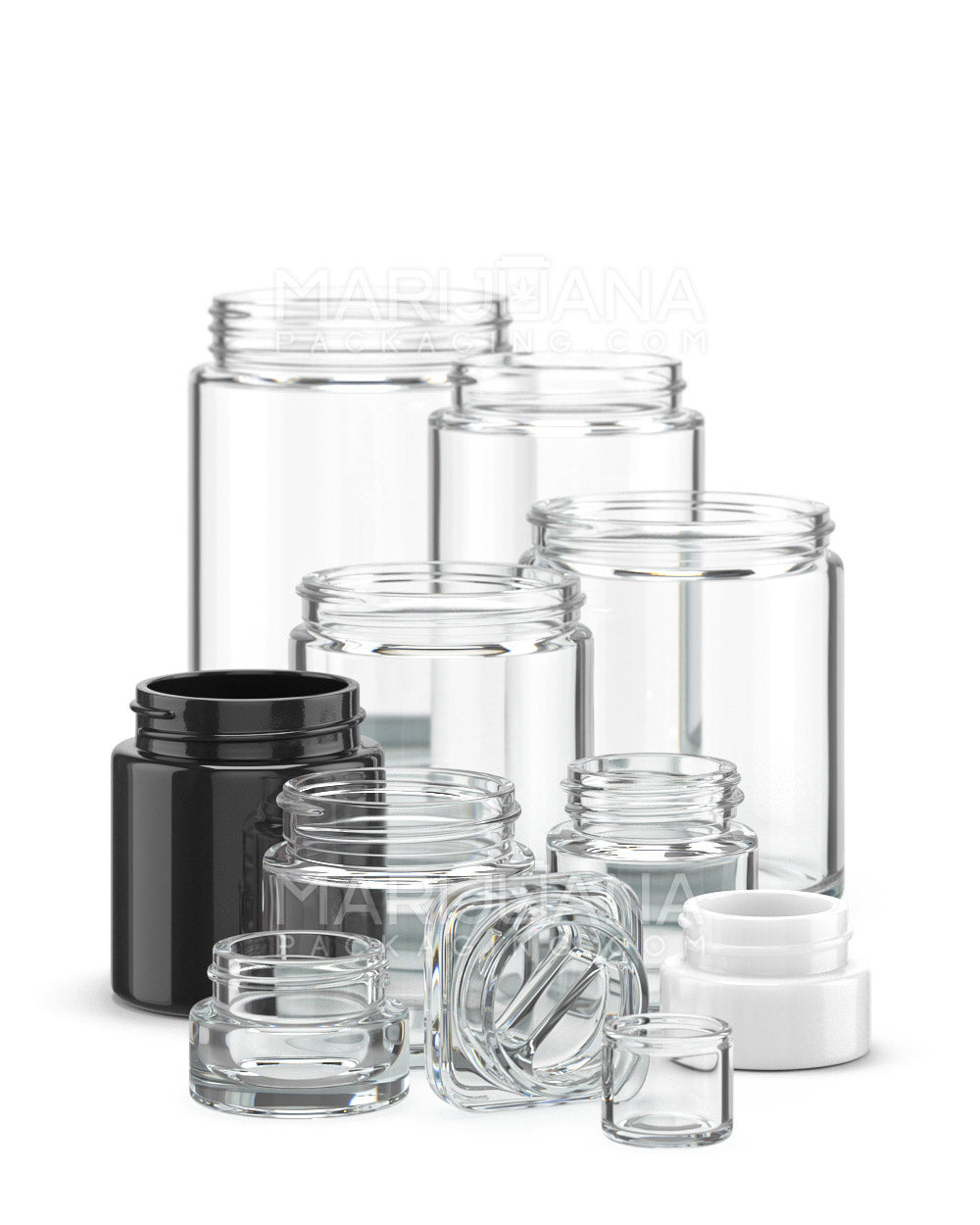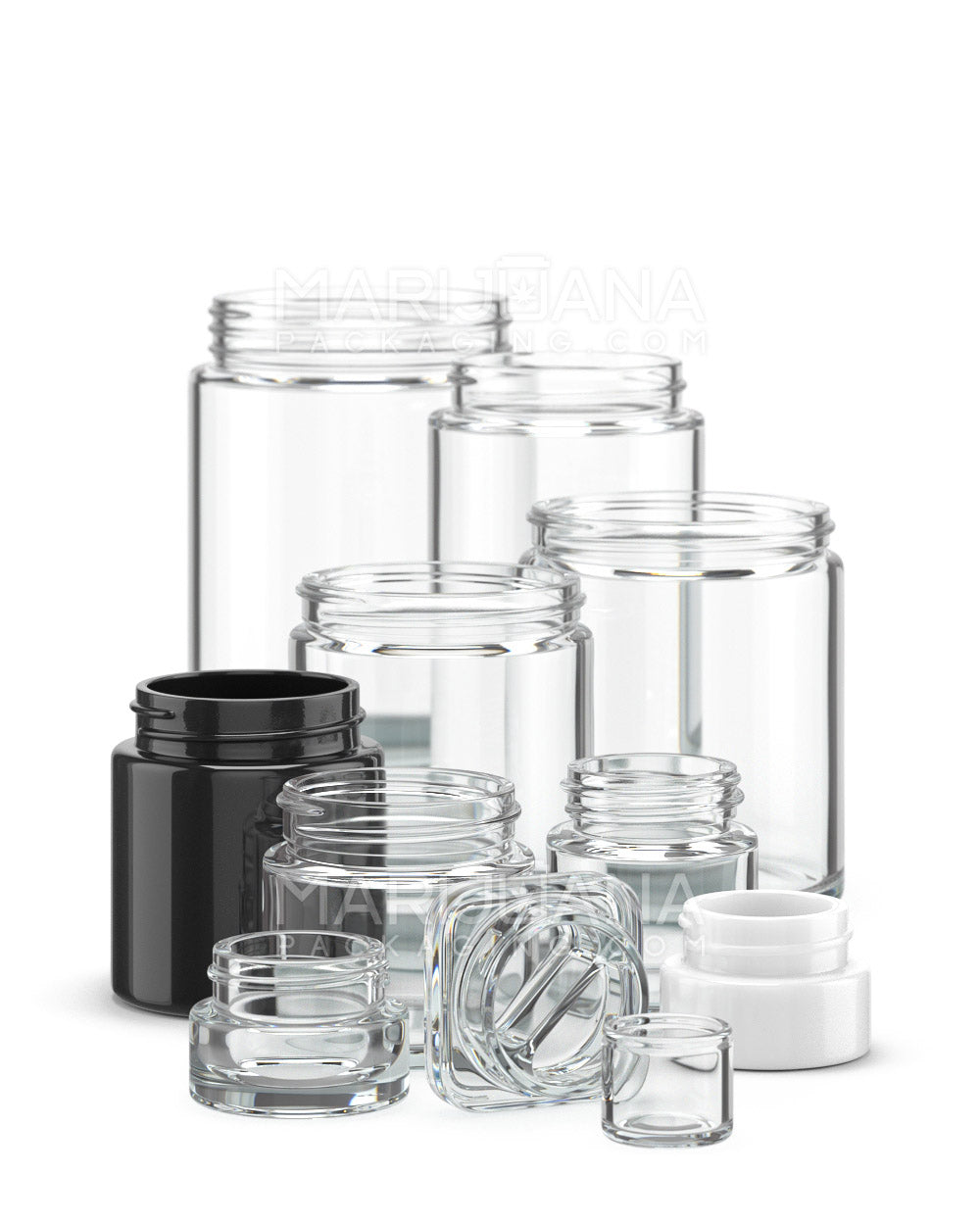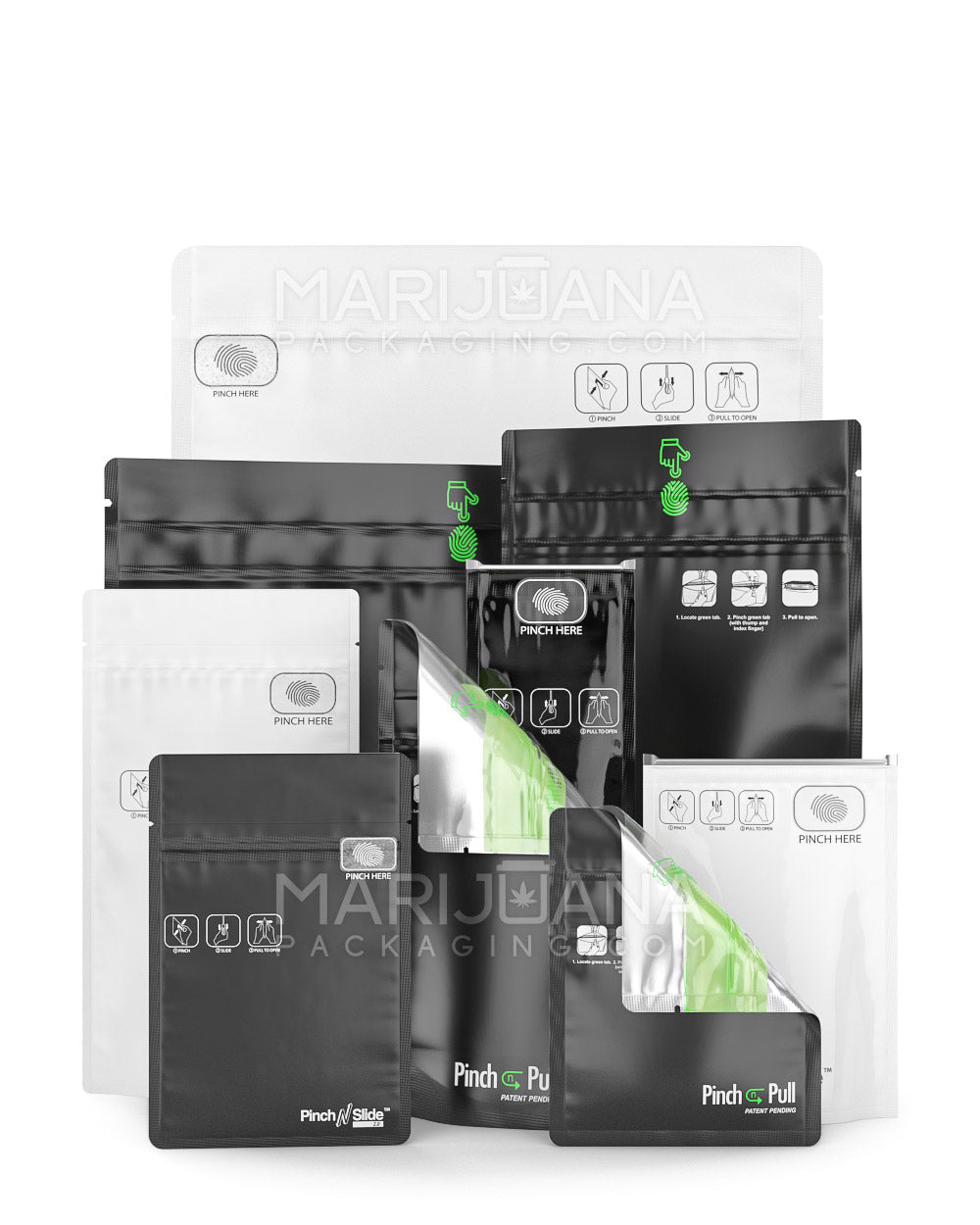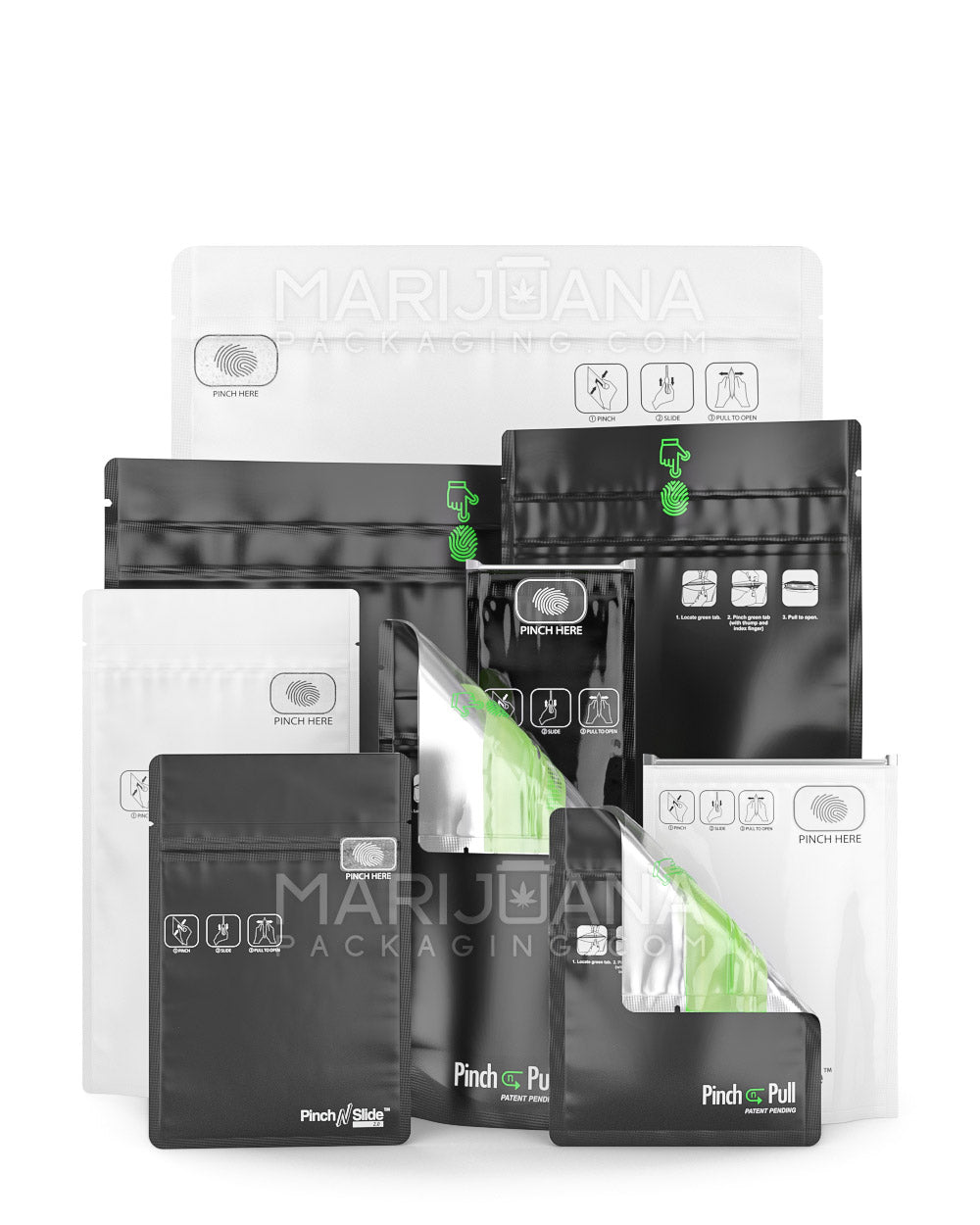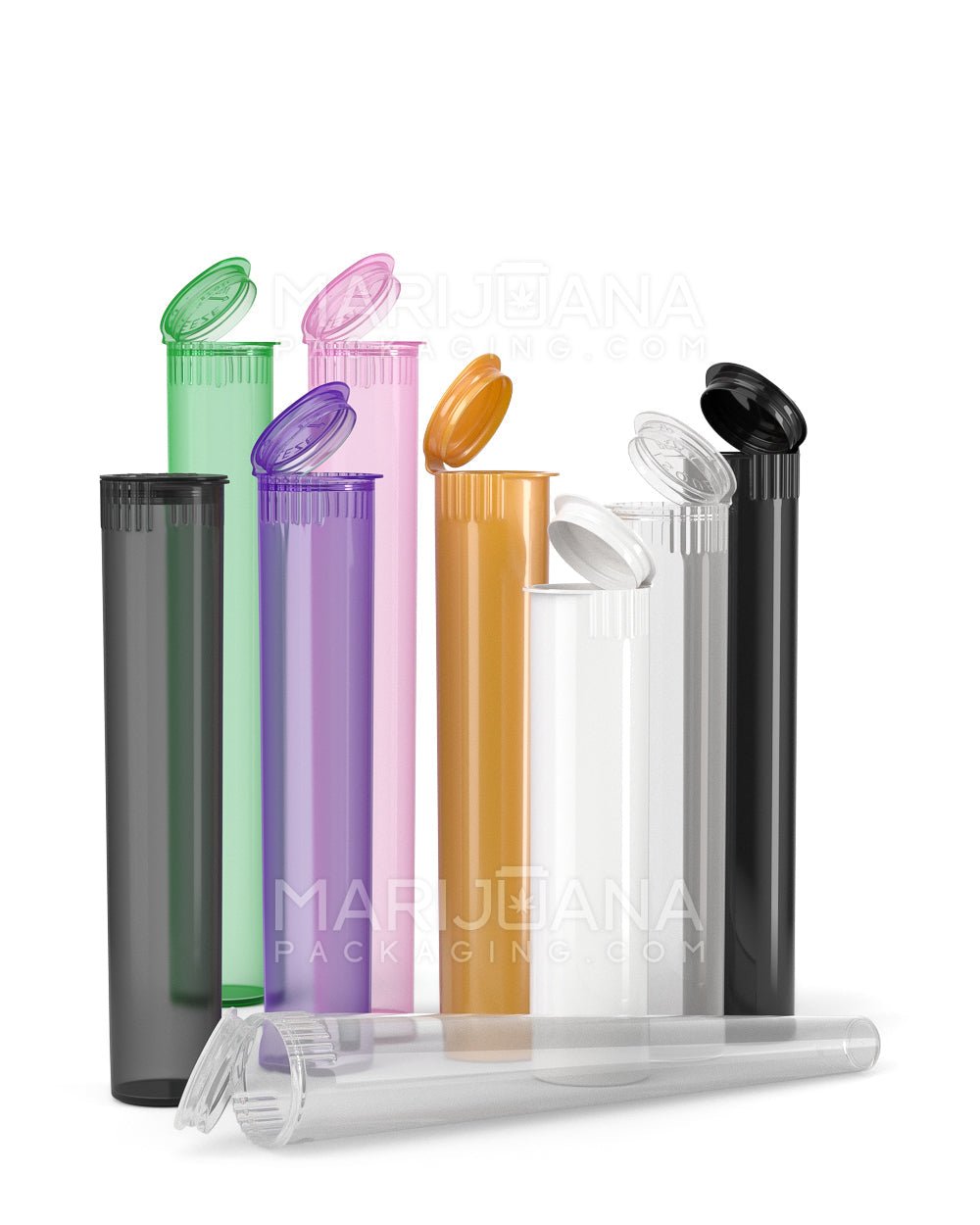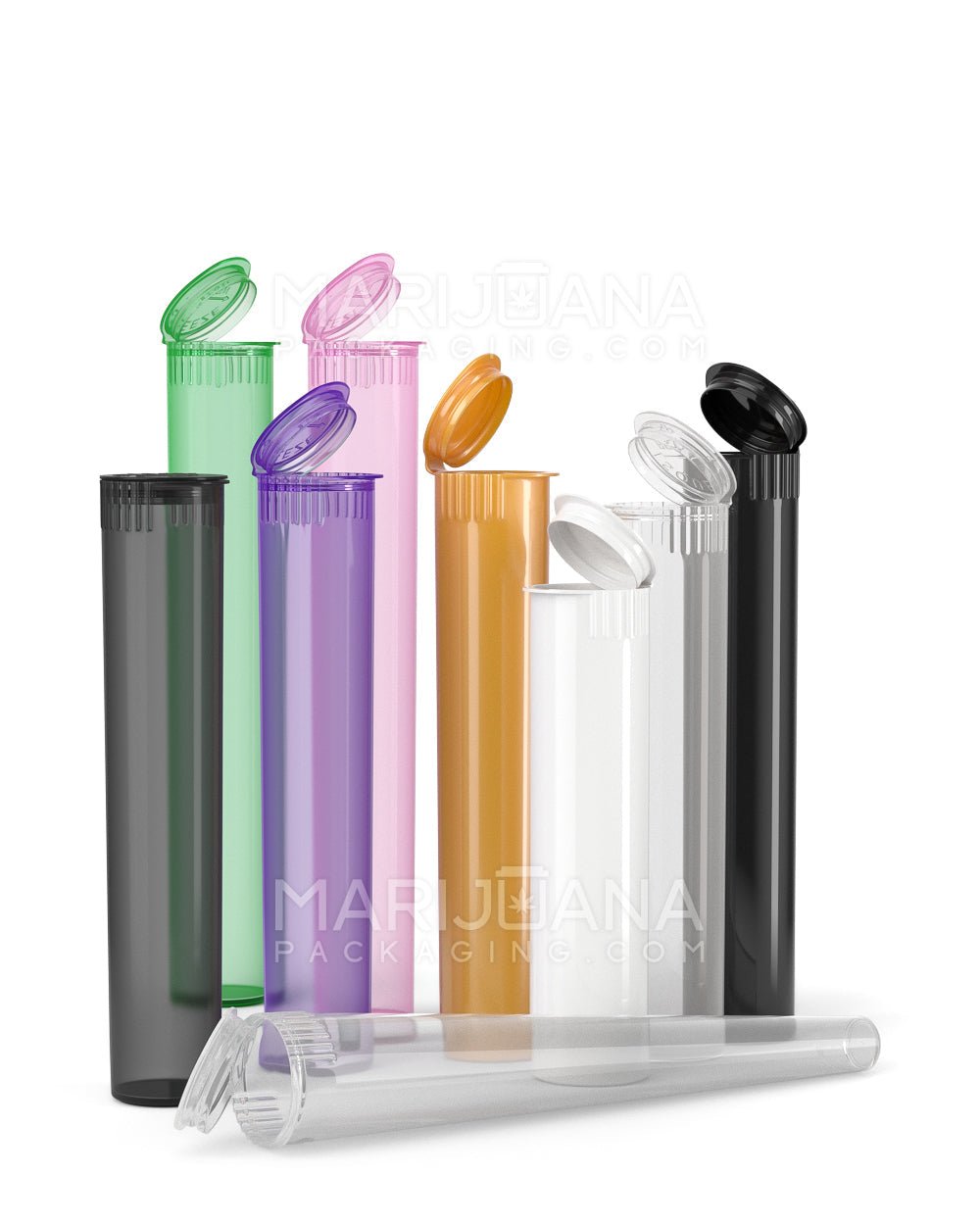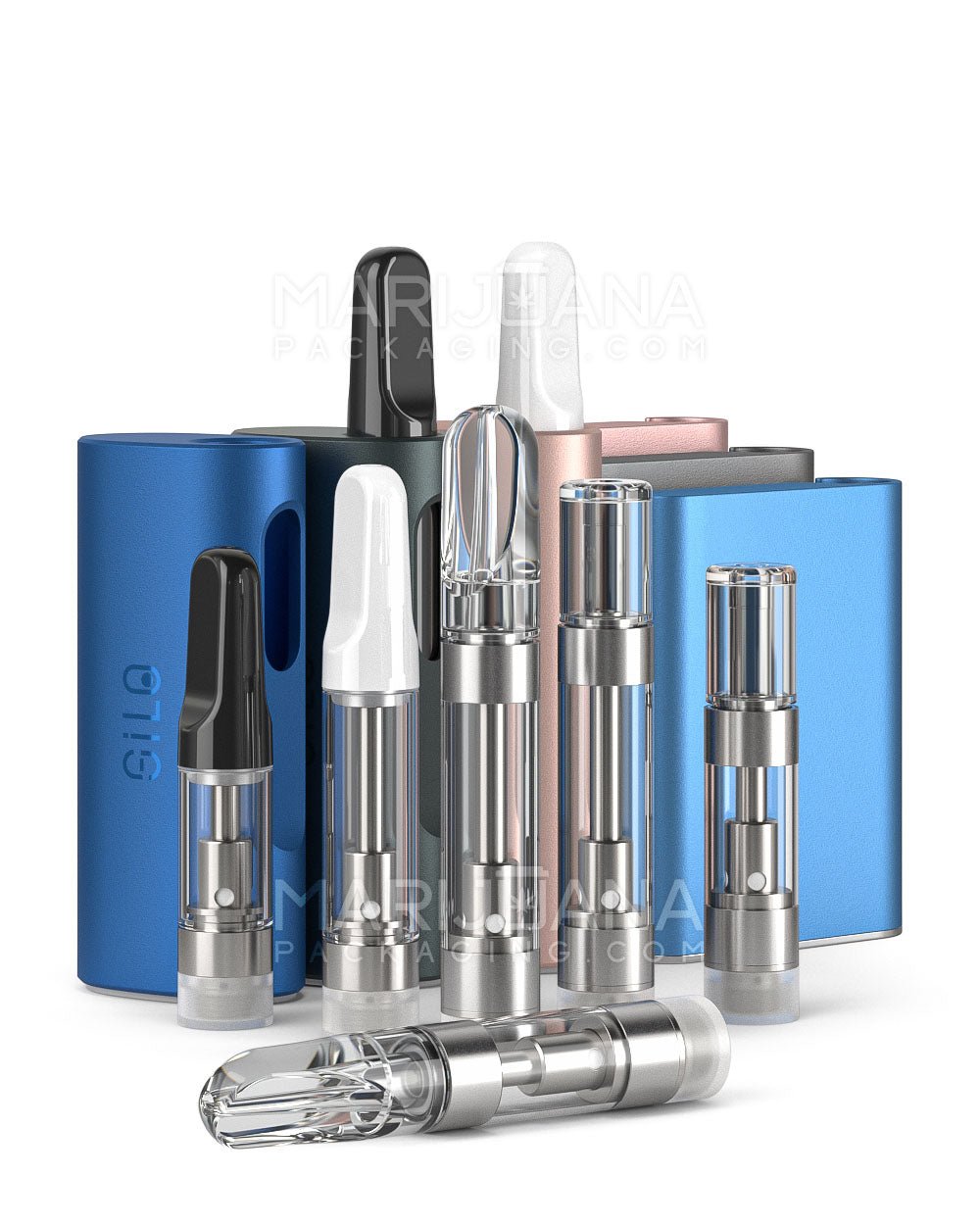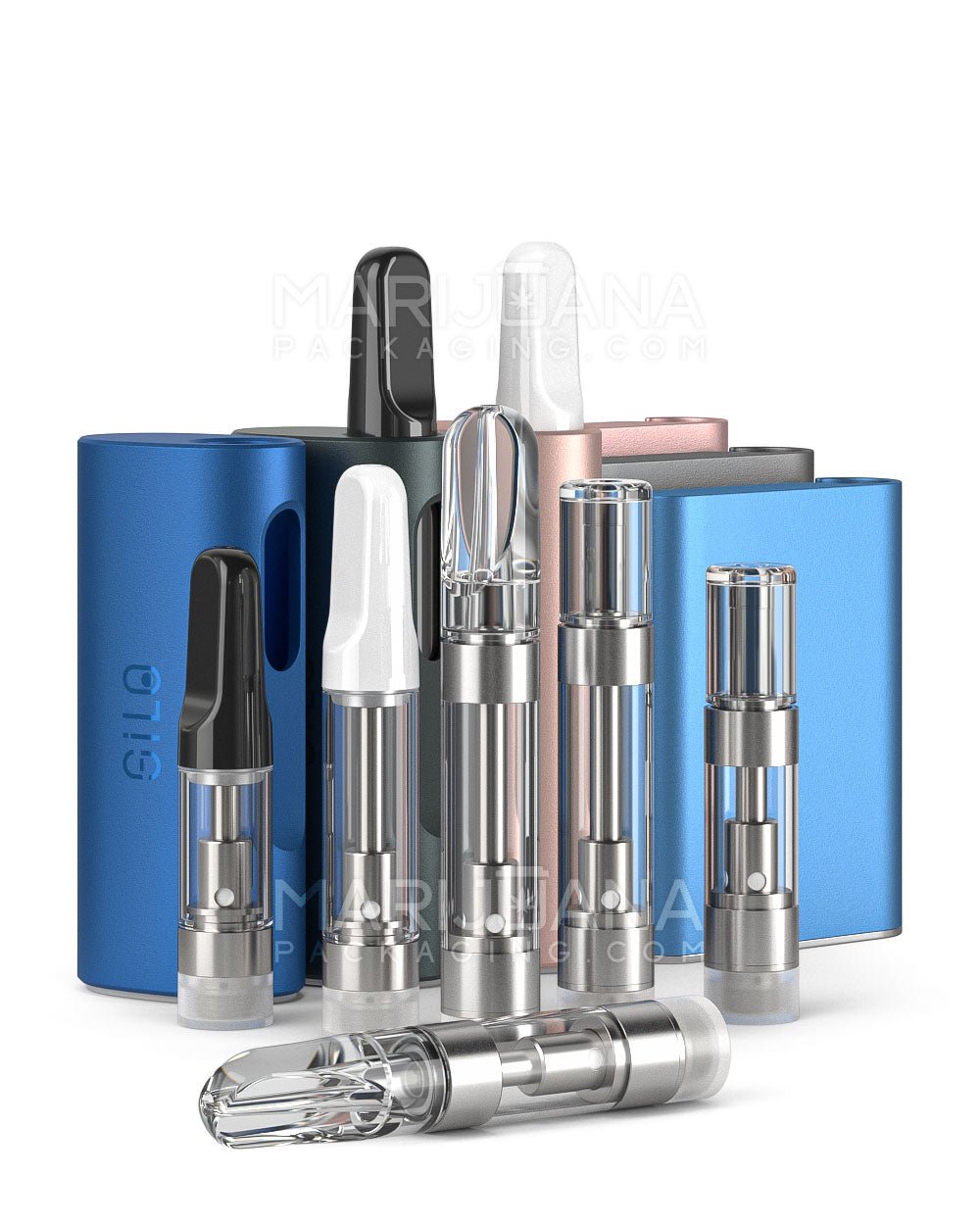Climate change and other environmental issues are driving the demand for electric vehicles amid other eco-friendly transportation options. Consequently, the need for accessories like batteries is rising along with the demand for electric cars. However, meeting this demand is not as easy as merely increasing production capacity.
Meeting the demand for EV batteries presents a bigger problem than ensuring that they reach end-users in good condition. At this point, packaging becomes a major concern. Manufacturers are exploring options and finding the best ways to package EV batteries to ensure that they are not compromised throughout the supply chain.
Risks Associated with Packaging EV Batteries
EV batteries are fragile and susceptible to various dangers during the supply chain, especially transportation and storage. Knowing these risks can help prevent or minimize damage.
- Thermal Runaway: Heat is the foremost challenge EV batteries face after production. The components
- Mechanical Damage: When not handled properly, EV batteries are at risk of damaging their components in various ways. Specific threats include reduced efficiency after exposure to weather conditions or force from contact with other objects.
- Transportation Challenges: Most packages are at the most risk during transportation,, but this is more so for EV batteries, which require more detailed protection while being handled.
Why Use Protective Packaging for EV Batteries?
After identifying the risks EV batteries face during the supply cycle, the next step is to explore solutions to the problem. One direct way to address this problem is to use protective packaging for these batteries. For now, let’s look at some reasons to prioritize protective packaging for EV batteries.
Safety
When packing EV batteries for transfer from one place to another, your first thought should be safety. Invest in the best protective packaging options available to ensure that your batteries arrive in optimal shape.
Efficiency
After ensuring battery transportation safety, the next priority is efficiency. Your EV components must not only reach their destinations safely but also be at optimal working capacity. EV manufacturers typically use thermal management solutions to ensure that weather conditions like heat do not affect the functionality of these accessories.
Sustainability
Much of the advocacy for EVs stems from the need to adopt a more sustainable lifestyle. Therefore, it makes sense that you adopt sustainable packaging for EVs and their accessories like batteries. Using eco-friendly battery packaging ensures that waste is minimal, especially as defective products are often discarded.
Notable Trends in Protective Packaging for EV Batteries
We have reached the point where practical examples are important. Let’s examine some of the EV battery packaging trends shaping the industry.
Improved Materials
Considering that safety is the chief reason for adopting protective packaging for EV batteries, it is no surprise that manufacturers prioritize safety. To this end, most explore various protective materials for batteries and other EV components. Common options include thermal insulation foams and phase change materials (PCMs) to manage temperature.
Some manufacturers are leading the industry in progress by exploring other materials for sustainable packaging for EVs. Notable ones include lightweight and high-strength materials like aluminum alloys, advanced polymers, and carbon fiber composites to maximize weight during transportation.
Unique Design Techniques
Another rising trend is unique design techniques for EV battery packaging. Innovations in battery design mean that packaging must evolve to match the products it will hold. Manufacturers who understand this are using improved techniques to create packaging solutions that are easy to assemble and can be tweaked to fit various battery models.
You can use the EV industry regulations in your target markets to guide you. Most countries have safety standards that EV battery packaging must comply with before they are released to the public. These regulations usually concern safety and environmental impact. Ensure you follow all relevant ones to stay on the right side of the law.
Smart Packaging Solutions
Smart packaging is a trend across the entire industry. Manufacturers and packaging companies are investing heavily in smart features like sensors, RFID tags, and QR codes to improve the functionality of packaging solutions. These options work well for EV batteries as they increase the chances of them being delivered in the best shape.
These intelligent packaging tools also help to meet the industry’s sustainability goals. For example, embedding sensors in the packaging can tell you when the battery is exposed to more heat or moisture than it can handle. This information will allow you to take action to prevent any damage to the battery.
Final Thoughts
EVs are still a a novelty in most parts of the world, with only aa minority of car owners driving one. This adoption rate is reflected in the minimal number of facilities worldwide for the production and distribution of EV accessories. Consequently, EV parts like batteries are mostly sent from great distances, prompting the need for proper packaging while transporting them. If you are getting involved in the process on any level, it helps to know the EV industry regulations that guide packaging for components and accessories.



